By Allison Lozada—
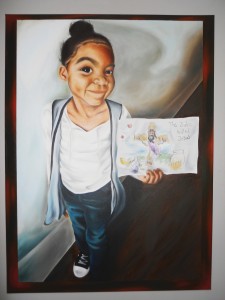
[With additional reporting by the Gothic Times staff] —
A painting by an NJCU art student that was briefly displayed in the Art building and then taken down has caused a stir among art students and faculty.
Entitled “Mommy I Hate Them, Too,” the painting by Daniel Ruiz, 24, of Bayonne portrayed a girl holding a picture that consists of a cross that had fruits surrounding it, with the words “The Juice killed Jesus” scrawled below.
Ruiz created the piece for a final review in a color theory class taught by Professor Gerardo Castro.
“I instructed all the students that the portrait should exemplify an approach of having content and story from which we can develop a series of paintings for our final review,” Castro said. He added that he never tells the students what they must paint – simply that the work must demonstrate the skills taught in the course.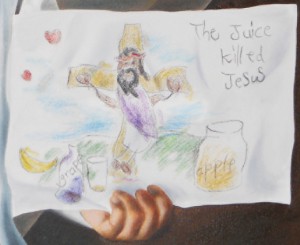
“I did not find the painting offensive at all,” Castro said. “The painting symbolically teaches us that we cannot become overzealous and consumed by hate and not jump to conclusions about others without having dialogue.”
At least one other professor felt differently.
“I’ve been working at NJCU for 42 years…and have never been confronted by anything like this until that painting,” said Art Professor Raymond Statlander. “It’s an error for people to have the platform for this. I wouldn’t give racism a platform.”
Statlander said he felt the painting was racist. When asked what he felt the artist was trying to convey, he replied “It’s a direct painting: The Jews killed Christ.” He compared the display of the painting to screaming “fire” in a theatre.
“I never thought that the painting would cause even a slight stir,” said the artist Ruiz. “One professor was disgusted by it. He told me the work was hateful and anti-Semitic, both of which the painting is not.”
Causing almost as much of a stir as the painting itself was the reaction of the art department, which removed the painting shortly after Statlander’s objections. While some students on campus feel the move was an attempt to censor the artist, officials with the Art Department claim that the work needed a clearer context in which to be displayed.
“When it was taken down, the intent was not to remove it permanently, or even for a long period of time,” said Prof. Herb Rosenberg, chair of the Art Department. “There was never an intent to censor, but rather provide a dialogue about the issues that were potentially incendiary. These needed to be discussed in a university forum.”
Rosenberg said the original display lacked any meaningful context, with no commentary about the work and no way for the artist to share his thinking about what the work portrayed. Rosenberg added that he thought in addition to displaying the artwork that there should be a forum for students and faculty to discuss the painting and its possible interpretations.
“I was prepared to re-hang it and provide some additional necessary context,” said Rosenberg, but after the painting was taken down, Ruiz subsequently took it home.
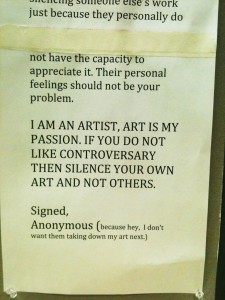 Regardless of the intent of the Art department, many students have reacted angrily to the original decision to remove it.
Regardless of the intent of the Art department, many students have reacted angrily to the original decision to remove it.
“This is not high school anymore. We are adults and, quite frankly, I have read worse in my history books,” said Lauren Evans, 22, Belleville, who is seeking her art teacher certification. “The faculty should not be silencing someone else’s work just because they personally do not have the capacity to appreciate it.”
“People should understand that art is controversial because it’s supposed to start a conversation,” said Elizabeth Harney, 23, drawing and painting major from Toms River.
Professor Dennis Dittrich, who teaches illustration, said “It was beautifully executed,” and that it wasn’t offensive. Dittrich said he would only be offended if it was bad craftsmanship and, in his opinion, the piece was “very professional.”
Kory Martinez, 25, painting and drawing major from Newark, said “His whole thing behind the painting is more of what people teach their children and also what little kids see their parents doing, whether it’s hate.”
When asked what was the message she got from the painting Victoria Ducap, 19, biology major from Bayonne said, “To show that kids don’t know any better and that if they’re raised with better guidance, they’d know the difference.”
“It’s borderline offensive because a child doesn’t know any better,” Brandon
Littlepage, 21, business management major from Magnolia.
When asked if Castro agreed with the department’s decision to take down the piece, he said “No, I did not agree. What was missing from all of this was a democratic process, a necessary process that creates a dialogue for all involved to reach a decision about the painting coming down. Neither I, nor Daniel, were included in the process of it coming down.”
When asked if there’s any formal Art Department policy governing this type of situation, Rosenberg replied “No –but there will be.” He said the department would consider re-hanging the painting, despite the likely controversy it would again generate.
“If it’s re-displayed, absolutely it will generate objections,” he said, adding “but at a university, that’s what we try to do.”








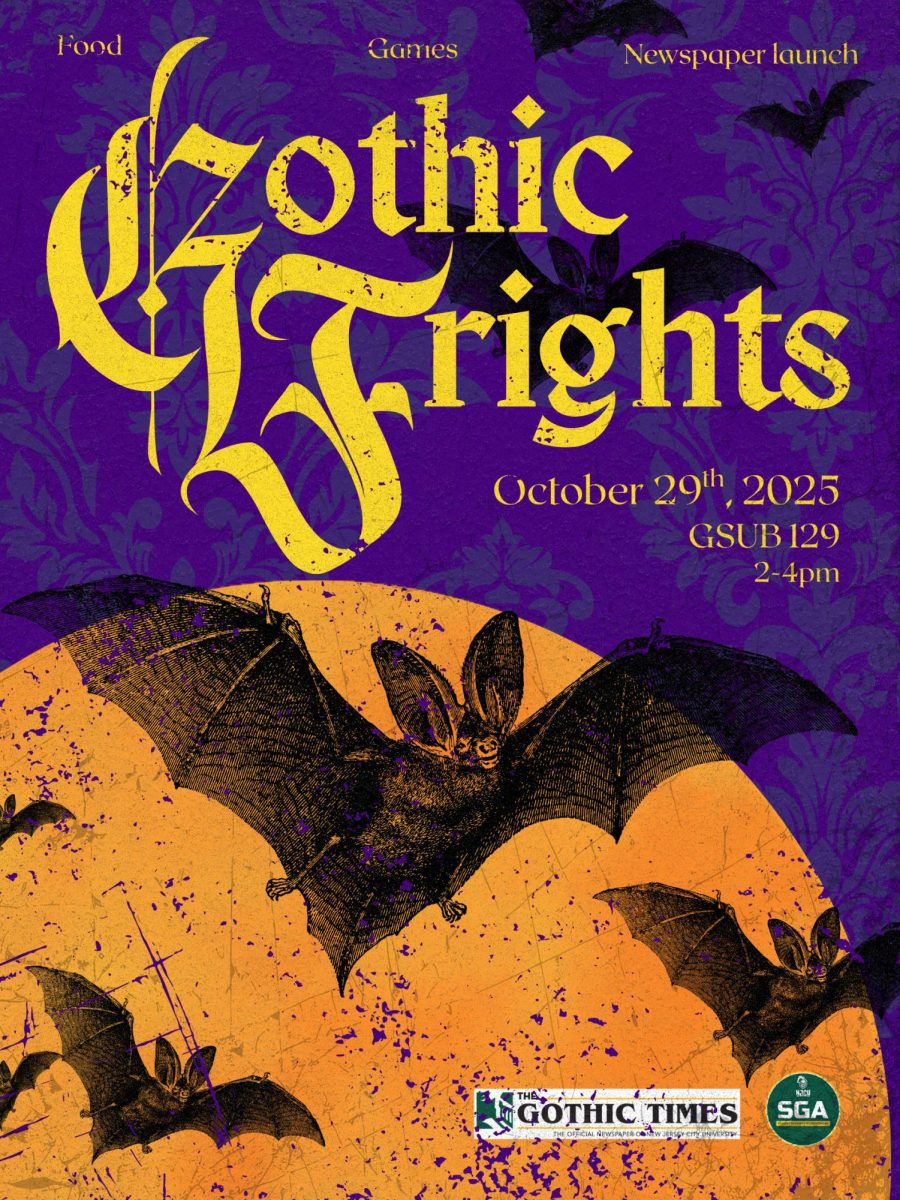
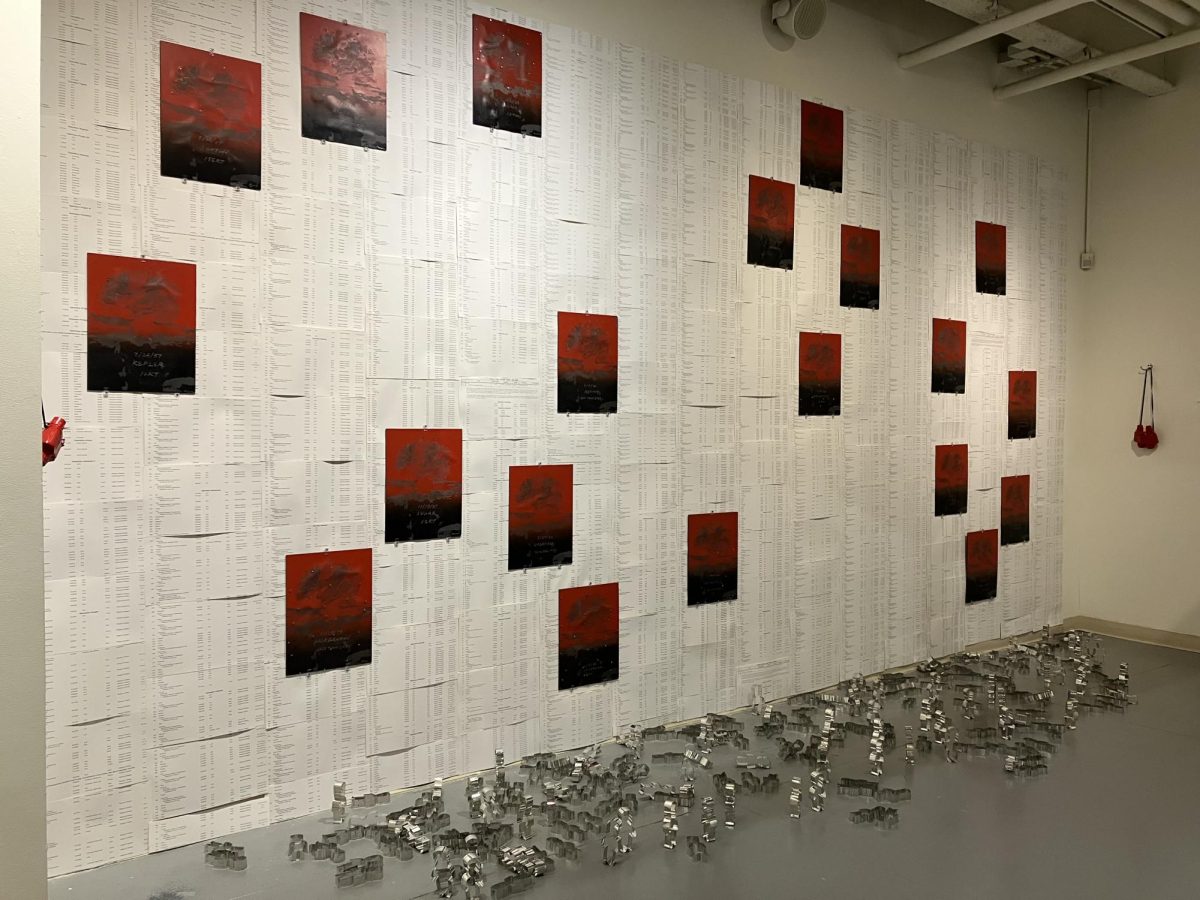




David Rosenberg • Mar 28, 2012 at 1:19 pm
I think that this issue is more complex than just a case of anti-Semitism. May I suggest that the artist, through the conscious use of the word “Juice” and illustrations of both apple and grape juice, and the quotation coming from the mouth of a young girl, appears to be making a tongue-in-cheek comment on the unconscious, subliminal transmission of baseless misunderstandings of facts from generation to generation. One could, perhaps, create a reasonable back-story in which the girl overheard someone repeating the persistent lie that the Jews killed Jesus. She heard “Jews” mispronounced as “juice” and created a narrative from that error.
I, for one, am willing to give the artist the benefit of the doubt and the reaction to this was reflexive and not considered.